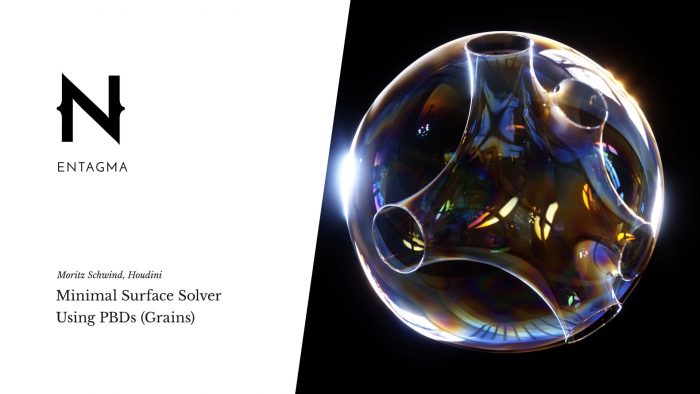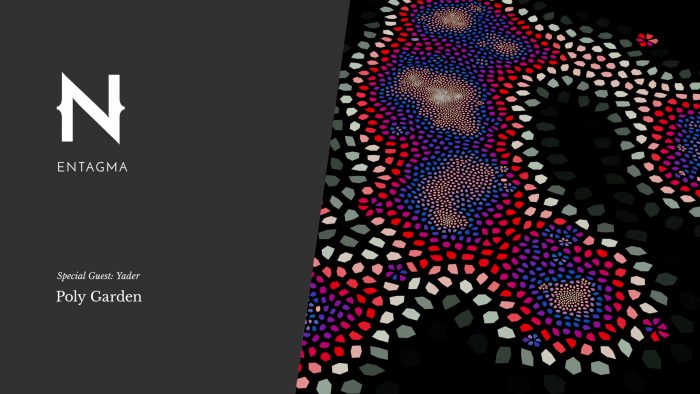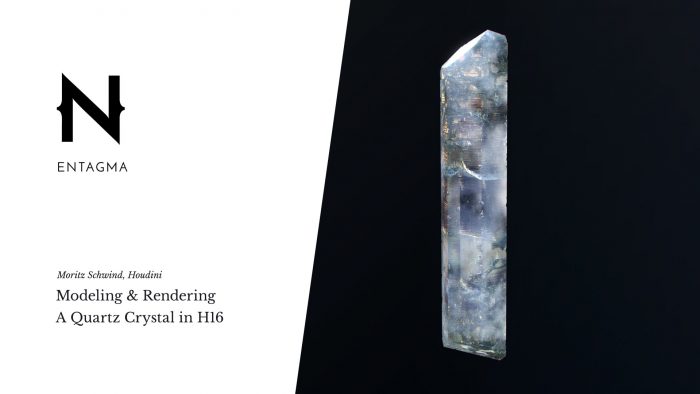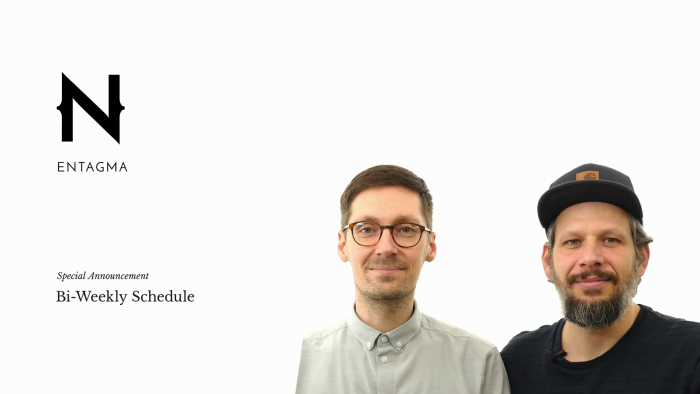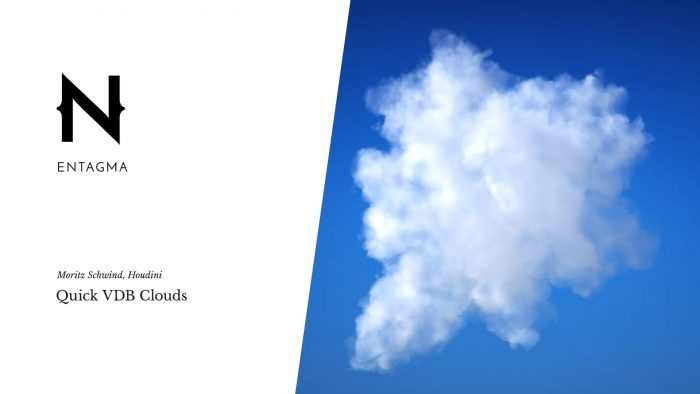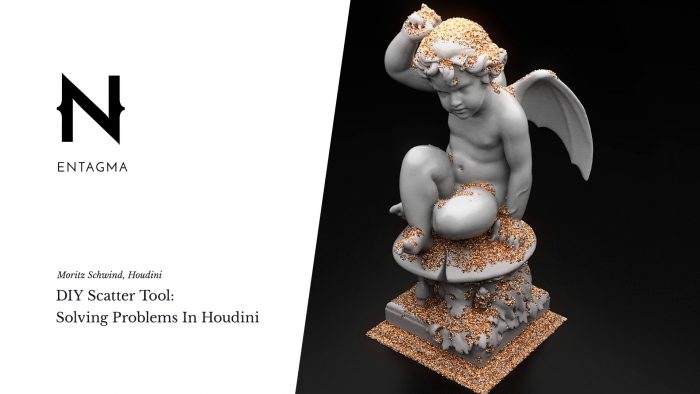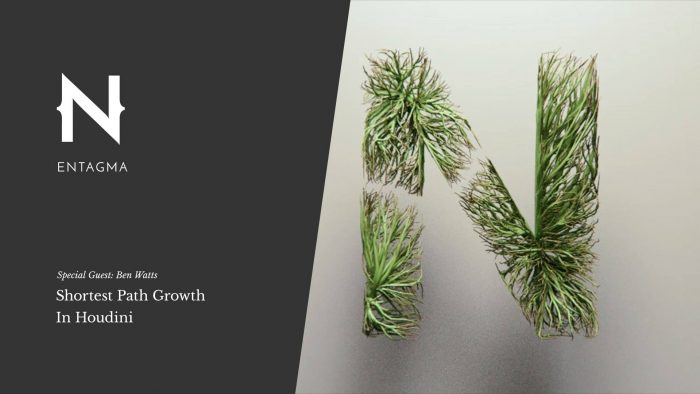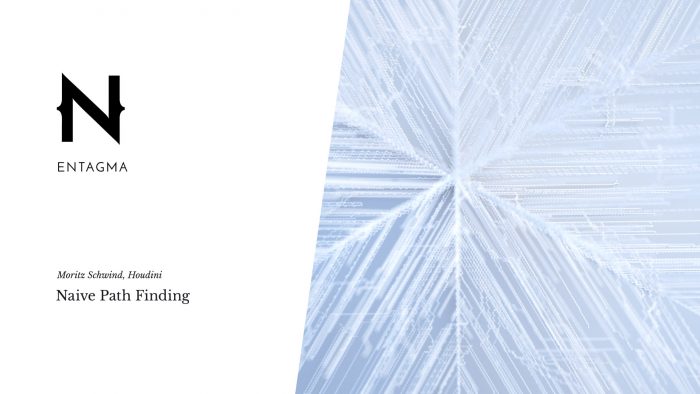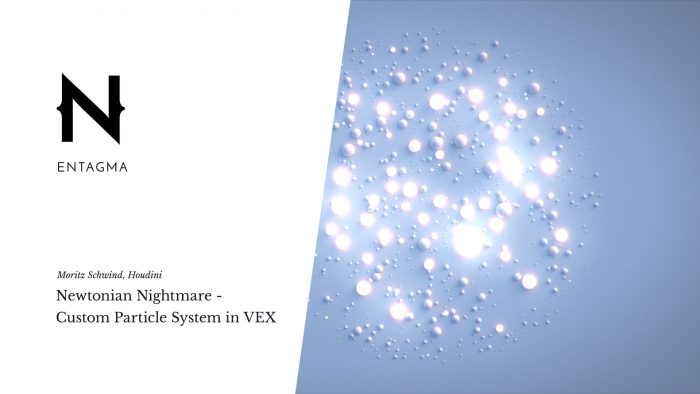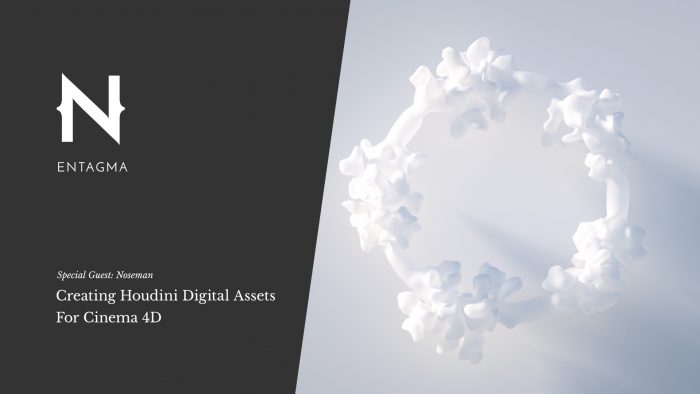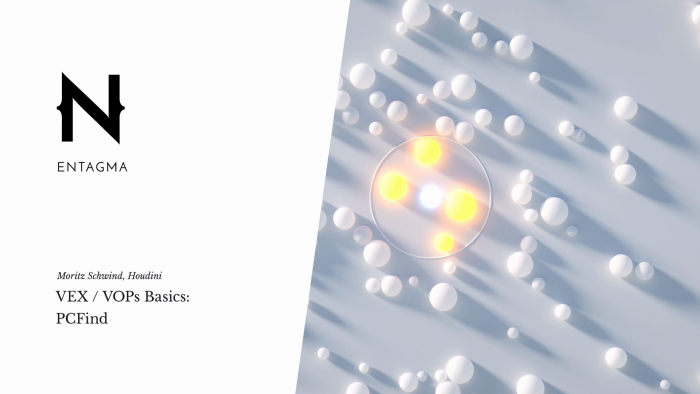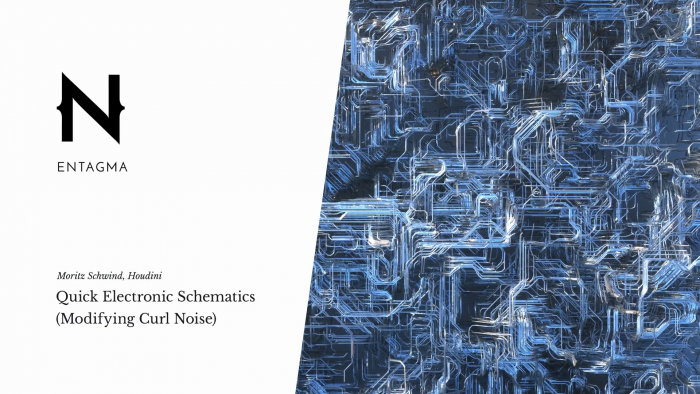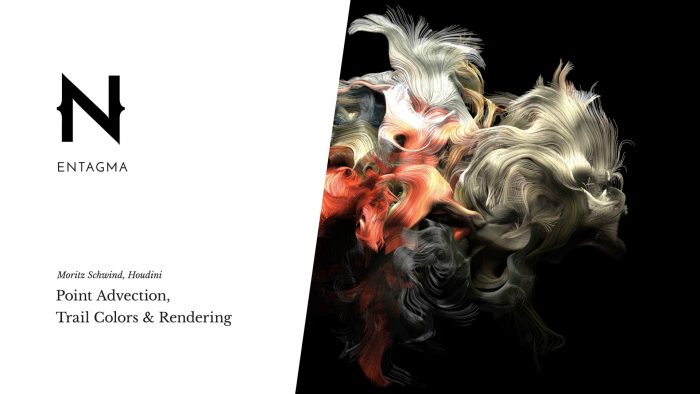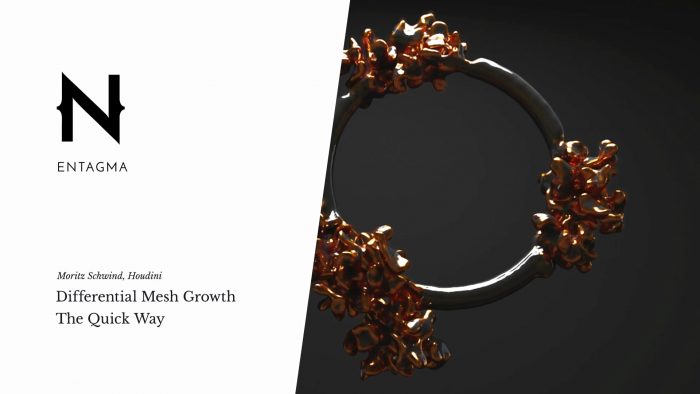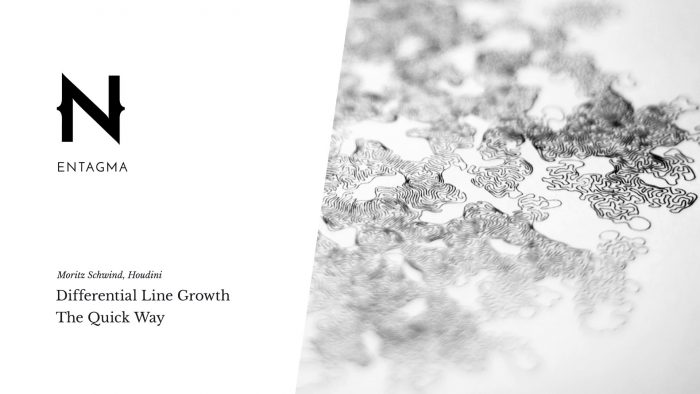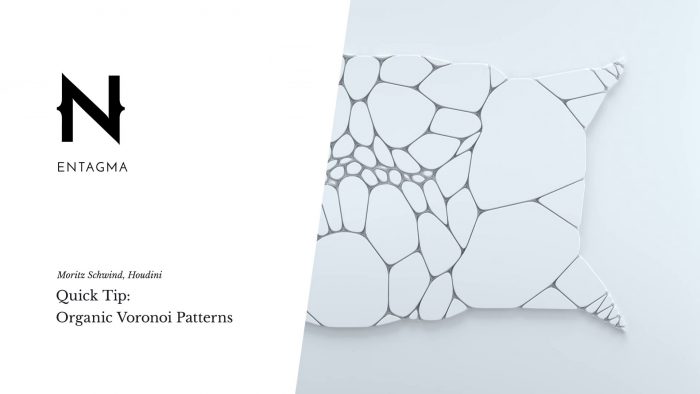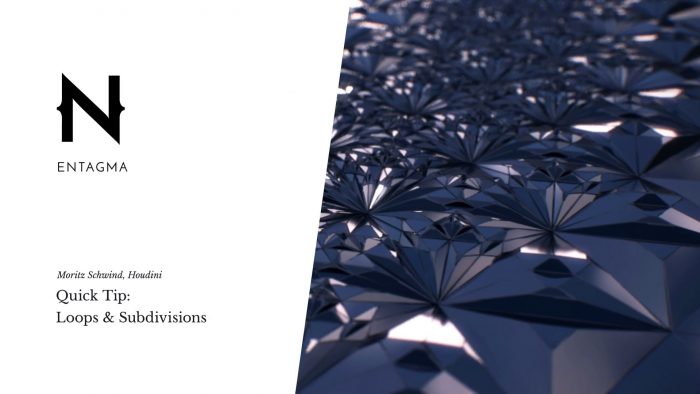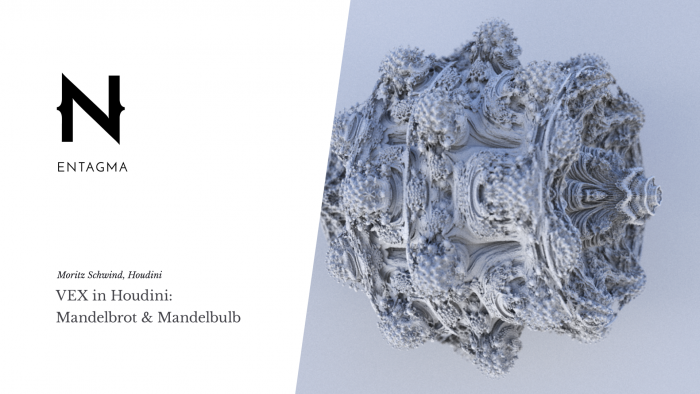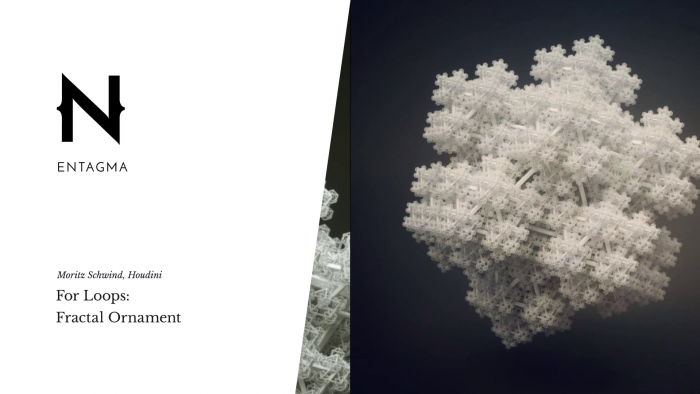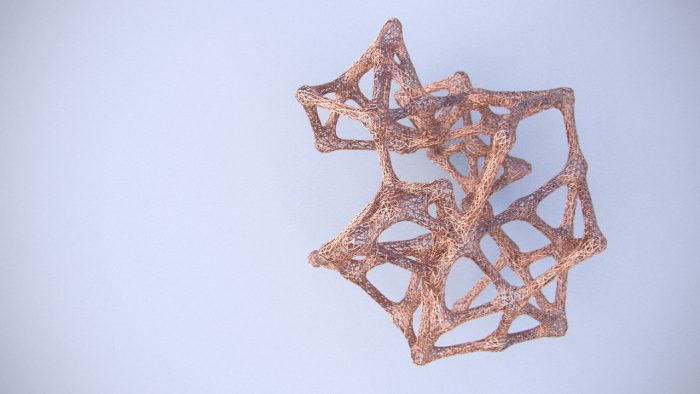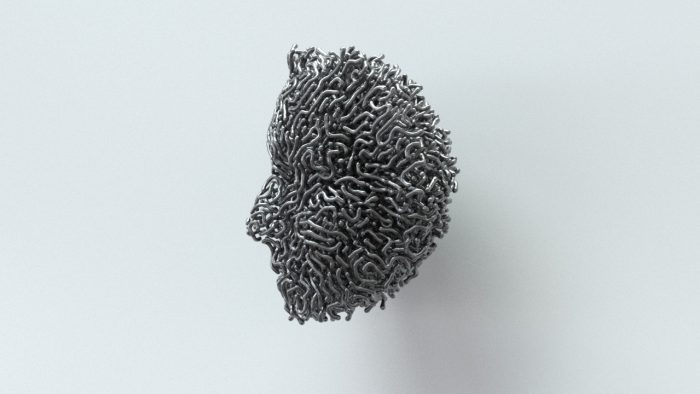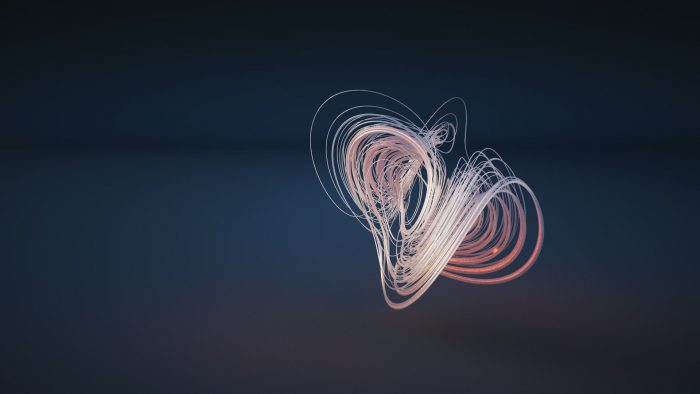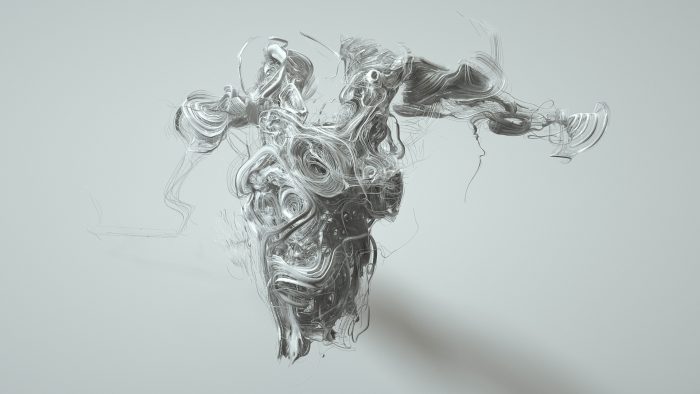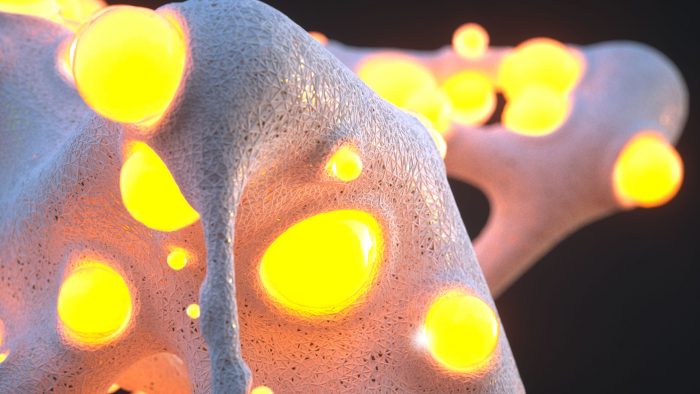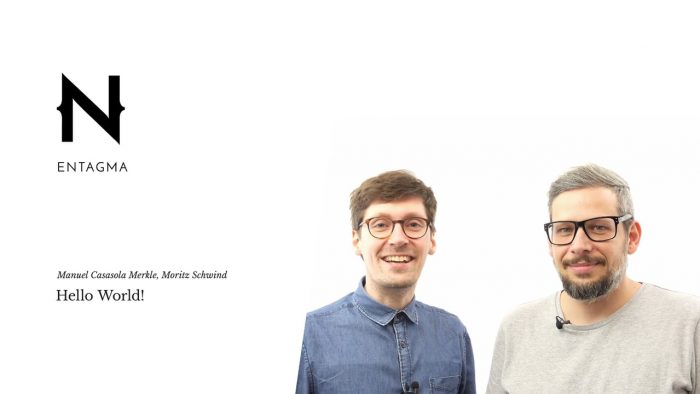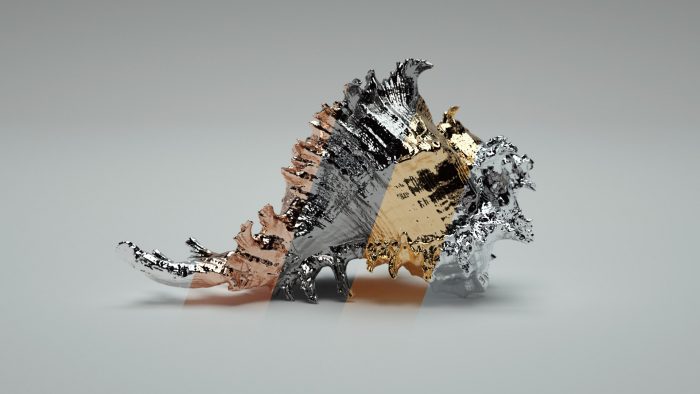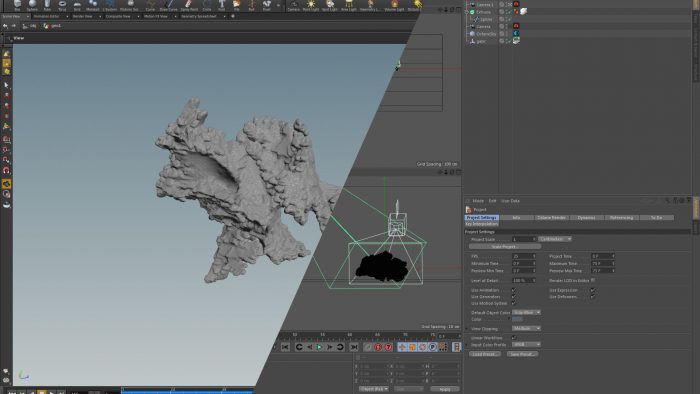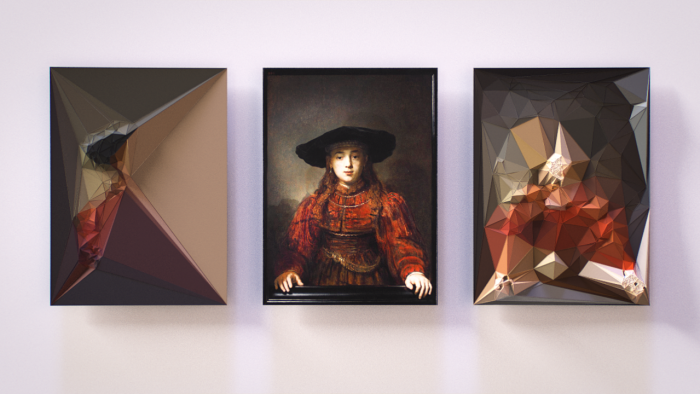This episode we managed to get away from our workstations and head outside to Munich’s beautiful olympic park. There we found some prime examples of the shapes soap films form when they evolve between metal wires.
All posts by “Moritz”
Guest Tutorial: Yader – Poly Garden
We’re happy to present to you another special guest on Entagma – this time it’s Yader (who some of you might know through his great Cinema 4D tutorials). In his tutorial he’s gonna shed some light on how he built his Poly Garden setup that […]
Modeling and Rendering a Quartz Crystal in Houdini 16
When testing out a new render engine (or any tool that can do rendering), one of the typical objects I try to get a decent image of is a quartz crystal. In order to get that right, a rendering needs to contain effects such as […]
Announcement: Bi-Weekly Schedule
We’re overwhelmed by this season and the feedback we receive from you – thanks a lot for your support and the frequent input you share! As you might be aware we’re running Entagma in our spare time, which sometimes makes it difficult to stick to […]
Quick VDB Clouds
After being asked how to create clouds for rendering in Octane (or any other Engine that supports VDBs) we dove into that topic a bit and the quickest way we found was to use the cloud tools that Houdini provides.
DIY Scatter Tool (Solving Problems in Houdini)
We get the question “why are you doing that setup this particular way?” reather often. As with most setups in Houdini there are many ways of building it. In this tutorial we’d like to go over different approaches of solving a very basic problem: Scattering […]
Special Guest Tutorial: Shortest Path Growth
Say hi to our very good friend Ben Watts of BW Design. We’re thrilled to have him on Entagma for a guest tutorial showing his newest technique for vein growth in Houdini without any VEX.
Naive Path Finding
This one is a rather brute force approach for a problem we had to solve on a recent job: Finding a path through a bunch of obstacles. Admittedly what we implement here isn’t a very sophisticated algorithm, but its power lies in its simplicity: It […]
Custom Particle System in VEX
Dobromir of Inlifethrill Designs asked us how we’d go about recreating this. And as I’m quite untalented with Houdini’s particle system, I turned to VEX to create this custom particle system in which individual particles attract each other.
Special Guest Tutorial: Creating Digital Assets For Cinema 4D
We are thrilled to introduce to you our very first special guest: Noseman! Not only is he an awesome teacher, he also tackles one of the most requested tutorial topics.
VEX: Space Filling Curves (aka “that Windows 95 Screensaver”)
Another question that we’ve been asked is how to rebuild a setup similar to that infamous screensaver that slowly filled your display with a maze of pipes. Among various approaches (including some L-System experiments) the most naive setup won. Of course.
VEX / VOPs Basics: PCFind
One of the top three questions we’ve been asked during season one was “How does PCFind work?!” and indeed the question is important as so many setups rely on the ability to find close points.
Quick Tip: Modifying Curl Noise (Season 2 is here!)
Hello people of the internet! After a tremendous start followed by a small hiatus to prepare new tutorials, setups and renderings we’re back for a second season!
Season Finale (We’re Taking A Break)
We are amazed. We’re amazed by the feedback we got from you during the first months of Entagma. We’re amazed by the wealth of your artwork. We’re amazed by your enthusiasm. Entagma has come to be everything that we hoped for. And more. However as […]
Colored Trails (Point Advection & Rendering)
One of the great things about the Houdini community is that we’re always confronted with clever questions and with clever answers too. “How do I color strands using an image’s color palette?” was the comment on Vimeo that led to this setup. Yet when talking […]
(Very) Quick Tip: Color Clustering
We’ve been visiting Ars Electronica this weekend. It was amazing. Such a weird and wonderful collection of modern nerd art presented in an astonishingly creepy environment. (Think nuclear shelter underneath an abandoned logistics center). What that meant however is that there was only very little […]
Differential Mesh Growth
As some of you already found out, it is quite possible to set up differential growth not only on a line but also on a mesh. This tutorial goes into the details of doing exactly that while allowing for some degree of art-directability (is that […]
Differential Line Growth
This is a classic effect in Houdini. I stumbled upon it over at Odforce. As you will see from that thread there are many elaborate ways of achieving this kind of growing curve. However we’re gonna build a very simple version which yet offers a […]
Quick Tip: Organic Voronoi Patterns
In this quickie we’ll go over how to turn standard voronoi cells into something alittle bit more organic. We’re going to use a combination of standard SOPs to quickly build a versatile procedural setup which allows you to create a plethora of different patterns.
Loops & Subdivisions
Recently two projects caught my eye – one is called “Subdivisions” by Adam Heslop, the other one is the new SideFX Ident by Simon Holmedal. Both employ (as far as I can guess) a technique to subdivide a selected part of a mesh over and […]
Mandelbrot and Mandelbulb
The Mandelbrot set – the mythical King of fractals. The one that started the whole fractal craze in the 80s and 90s. In this video we’ll implement not only a classic Mandelbrot set that will yield the omnipresent image of that weirdish ridged shape, but […]
Fractal Ornaments
It often occurs to me that I need to look up certain functions in Houdini. One of those things that I constantly struggle with are For-Loops. So as a reminder to me and to you – here’s a tutorial about their use. We’re gonna build […]
Quicktip: Abstract Shapes
After publishing the VDB denting tutorial, we received some questions regarding how we created the geometry used in the preview rendering for that tutorial. In this quicktip we’ll show you how to create the organic shapes we used when testing that setup. It’s a neat […]
Houdini: True 3D Reaction Diffusion
You might have seen this effect more frequently during the last months: Those growing organic blobs that cover a surface in intricate Patterns (sometimes resembling the texture found in a Keith Haring painting). These patterns are the result of a process called Reaction Diffusion.
VEX in Houdini: Strange Attractors
In this tutorial we’ll focus on two extremely powerful tools inside of Houdini: VEX and solvers. VEX is houdini’s scripting language. It is multithreaded (which means fast) and based on C (which means it’s also similar to Processing, Arduino, Java, Javascript, C++ and C#).
Houdini: Curl Noise Flow
This short tutorial ist inspired by the amazing work of deskriptiv. Seriously one of the most inspiring artist collectives I’ve come across in the last year. What (in my opinion) is being done here is a curl noise flow around a given surface that is […]
Houdini: Boolean Volume Denting
When I saw this tutorial on Greyscalegorilla, it occurred to me that although I liked the results a lot the process of sculpting and posemorphing would be a bit too unflexible for my needs. And of course it would also be too tedious for a lazy […]
Welcome To
Entagma!
We made it. Up and running. Was about time. Entagma is our collection of stuff (a.k.a. resources) that we’d love to have known when we started diving into certain advanced areas of 3D computer graphics.
C4D: Custom (Conductive & Dielectric) Fresnel
Ever wondered how to get conductive Fresnel inside of Cinema 4D? Ever wondered what conductive Fresnel is after all? Look no further – we’ve got you covered.
Quickie: Exporting Geo From Houdini
It just occured to me that in the following tutorials I’ve omitted one thing which is kinda important: How to get your creations out of Houdini and into another program. The easiest way that works in any version of Houdini is the right-click/save geo technique. […]
Houdini: Poly Rembrandt pt. I
Hello people from the internet! Glad to be with you and finally be online. Can’t tell you how exciting the last weeks have been! Recording tutorials, making videos, testing equipment, getting all the web stuff up and running. Fun times indeed!
Houdini: Poly Rembrandt pt. II
Abstracted paintings can be fun, but the tend to look a bit flat. So why not give them depth by extruding parts of the geometry? In this tutorial we’ll dive into VOPs (VEX Operators) and procedurally move geometry points in order to create a polygonal […]
Houdini: Poly Rembrandt pt. III
After we built our basic setup we dive into the rendering side of Houdini. We’re gonna set up basic lighting and create and adjust shaders to create a rendering of our abstracted Painting. This should give you a short overview of how to quickly setup […]
Houdini: Poly Rembrandt pt. IV
A common technique in computer graphics is the use of a kernel for image processing. We discuss what makes it so useful when for example we would like to detect edges in an incoming image. We’ll be implementing this technique in the next part of […]
Houdini: Poly Rembrandt pt. V
Lastly – we’re putting the final touches on our setup and implement a simple automatic edge detection (based on a similar Kernel we’ve discussed in Part IV). This allows us to drive point scattering to be along any edges in our input image. Makes for […]
